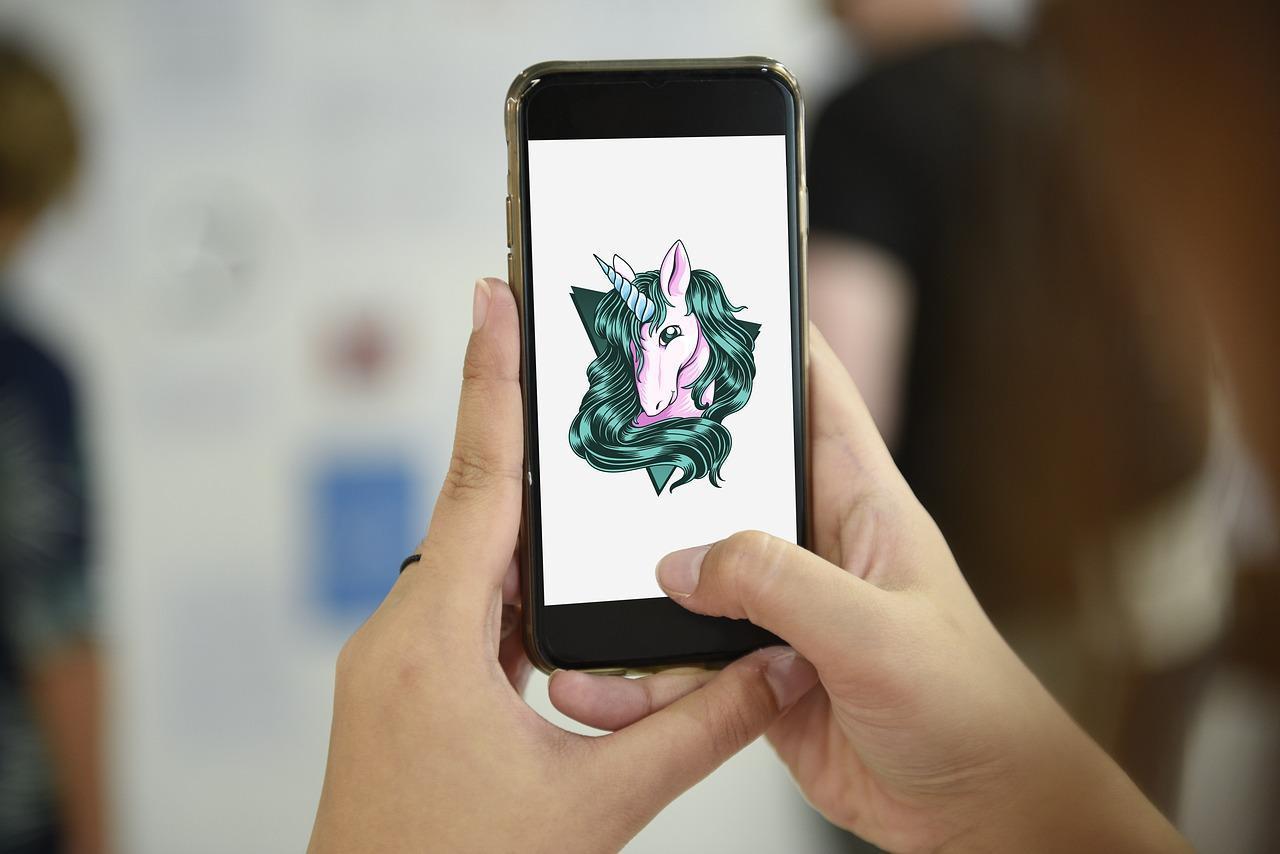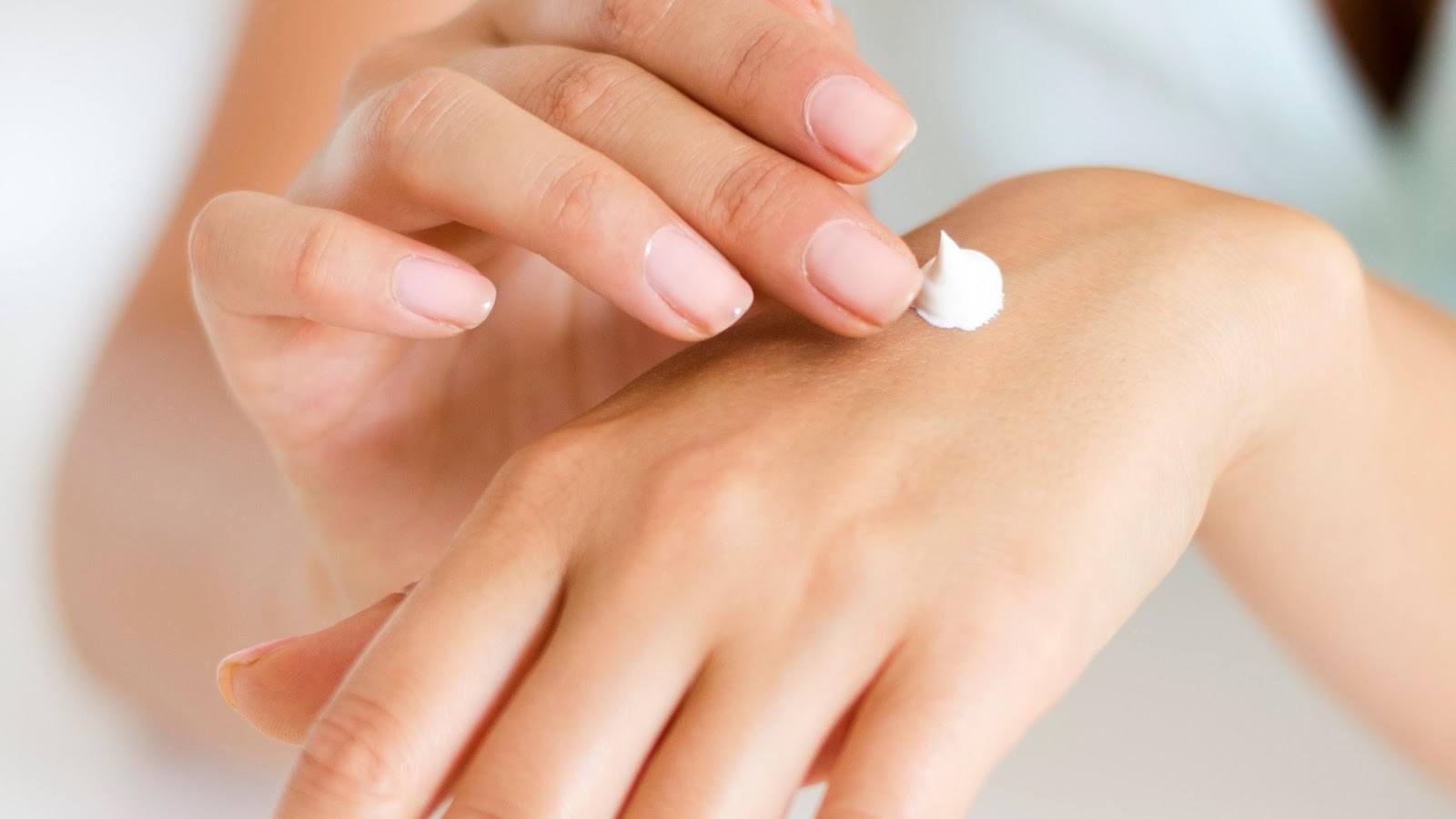
Image credit: Pixabay.
The beauty industry isn’t just for the ladies. It extends well beyond luminizers and lipsticks, and covers services and products that make us look our best. Think: grooming and barber shops. The male beauty industry is now worth US$50 billion.
It’s unsurprising that the global beauty industry is currently enjoying a 5 percent growth. Asia-Pacific alone is expected to yield US$6.6 billion in revenue from 2016 to 2021. With more brands and online marketplaces available to consumers, French cosmetics conglomerate L’Oreal is getting their skin in the game to stay ahead. Their inaugural startup challenge, L’Oreal Innovation Runway, was launched in Singapore to target early-stage startups and small enterprises in the region. Startups can win the opportunity to work with L’Oreal’s innovation hubs across Asia. Registration is ongoing till 31st July 2017.
But what does tech have to do with beauty? We think you’ll be surprised by how much they’re intertwined. These are five beauty tech opportunities to look out for:
1. Digital technologies are on the rise
The welcome mat of a physical store is enticing but some tech-savvy consumers will still opt to shop online. Over 70 percent of sales growth in beauty products is driven by younger consumers and social media influencers, reveals Karen Grant, an analyst at The NPD Group.
Some might think that Lancome’s cosmetics are only available in physical stores at upscale malls or airports, but they’re actually available on Snapchat. A whooping 72 percent of teens and young millennials in the US have used the social platform in 2016. When users see a Lancome ad, they can swipe up to buy the product
There was even a bespoke make-up filter available for 24 hours. The filter, combined with Snapchat’s facial recognition technology, allowed users to virtually try on mascara and lipsticks in June this year.

An example of Lancome’s in-app filter on Snapchat. Image credit: La Parisienne.
Beyond selling cosmetics, companies across the globe are mixing it up and employing digital technologies to identify and retain consumers. Content creation marketplaces, such as Tailify, link Instagram influencers with global companies like Marc Jacobs to create campaigns. Shanghai- and Hong Kong-based Cosmose uses location technology and online advertising to reconnect brands with shoppers who left the store and – a moment of pause here – turn their competitors’ visitors into their customers.

Image credit: Pixabay.
2. Increasing demand for natural materials
It’s no longer only about getting dolled-up. It’s also about being ecologically friendly.
Startups like London-based InsitU are working to provide natural ingredients and using only recyclable and biodegradable packaging material. Last year, Mintel reports 78 percent of consumers look for natural fruit-based ingredients.
The same pattern rings true in Asia-Pacific. Natural skincare products in Singapore are increasingly popular, with startups like Handmade Heroes and Katfood taking the lead. Indonesia is also expected to enjoy a 10 percent skincare growth in the next few years.
It’s not just nitpicking on single ingredients. L’Oreal has taken a public stance to make their entire value chain sustainable. For instance, raw materials sourced through sustainable programs like soya bean oil, aloe vera, and olive leaves are used in the company’s products. On top of reducing carbon, water, and waste emissions, the beauty conglomerate is also working on reducing the environmental footprint of their formulas and inclusive growth.
L’Oreal wants all new products to be environmentally sustainable and socially inclusive by 2020. If you’re a startup that believes in the same goals, you’ve got something in common with them.
3. Internet of Things meets beauty
Last year, a total of 8.3 billion electric facial cleansers were sold across the globe. Imagine if these cleansers could tell you how much soap to use based on your skin condition, or alert you whenever you are running low on supply.
The beauty industry is stepping up to meet the demand.
Connected devices aren’t limited to your skin. The Kerastase smart hair brush measures hair quality and provides advice and insights instantly.
And devices can even take a more flexible approach. The La Roche-Posay MY UV PATCH is a stretchable UV patch that measures UV exposure and educates on sun safety.

Image credit: Pexels.
4. Beauty is not skin deep with delivery tech
Delivery tech isn’t about making sure that your cosmetics reach your home. It’s also about making sure that active ingredients in cosmetics and skincare actually reach their target in your skin or hair, so they can have an effect.
For a long time, the cosmetics industry dissolved active ingredients in one of the emulsion phases (aqueous or oil), though sometimes at the cost of an active ingredient becoming unstable.
In the 1970s, L’Oreal’s researchers made a breakthrough in developing synthetic liposomes – niosomes. These are nanocapsules with a structure that is analogous to those found in the cell walls and the intercellular glue of the of the keratinous layer of the skin. Niosomes proved to be an ideal vector for transporting active ingredients such as retinol or vitamin E (anti-free radicals). They were introduced for the first time into the treatment cream Niosome by Lancome in 1986.
New delivery tech opens up room for more complementary areas of research. For example, by modifying the relationship between the oil phase and water phase, it was possible to replace ammonia with a gentler odorless alkaline agent, without losing any of the normal qualities of coloring. Inoa by L’Oreal Professional is the first hair coloring to have benefited from this technological driver in 2009.
There is also room for computer science or math majors to contribute to beauty and wellness. As animal testing is phased out, computational modeling can eventually predict how penetrable active ingredients are in human skin through simulations or algorithms.
5. Personalized beauty products and services are key
When novelty wears off, expectations become higher.
“Consumers will be always looking for something extra in terms of performance and results. They will not compromise on quality, efficacy, security, and sincerity,” says L’Oreal CEO Jean-Paul Agon.
Two years ago, Euromonitor held a global survey and found out that 50.5 percent of people were influenced by their skin type the most when shopping for beauty products. This result was very much evident in Indonesia, India, and China. The research company also revealed the five key areas in personalized products: ethnicity, gender, lifestyle, moisture balance, and age.
When personalization is combined with digital technologies, the results can be massive.
Makeup Genius, a L’Oreal app that allows women to try on cosmetics, was a hit in China when it was launched in 2014. Out of the app’s 14 million downloads, 4.7 million came from China.
“There’s no culture of makeup passed down from mom to daughter that has been there for years, so for a girl like that to get a virtual experience and try some new looks, that’s something she wants to do,” said Asmita Dubey, chief marketing officer for L’Oreal China in an interview with Advertising Age. On top of being able to experiment with different looks, potential buyers can share their looks over social media or buy the products via mobile ecommerce.
Hair services are also becoming personalized. Traditionally, a consumer may be invited to look at their hair samples with an expert to check for damage and receive a specific treatment. L’Oreal Japan took it to another level. Through a patented technology called Soniphy Hair, customers can actually listen to a song that represents their hair condition. The more jagged and rough the customer’s hair, the more irregular the music.
A stylist rubs a treatment onto a customer’s hair. Afterwards, soothing harp music is played, representing smoother hair.
Now, that’s really a customized and memorable experience.
The L’Oreal Innovation Runway is a startup challenge for early-stage startups and small enterprises in the beauty industry. Do you have a solution in these beauty tech trends: smart and green materials, delivery technologies, personalized beauty, and digital technologies? Work with L’Oreal and other industry leaders to get your startup up and running. Submit your idea by 31st July 2017. You might walk away with the chance to work with L’Oreal APAC hubs to co-create innovative products, S$5,000 in cash, and a S$50,000 grant.
For further information, please watch this presentation by L’Oreal.
This post 5 beauty tech trends that can’t be ignored appeared first on Tech in Asia.
from Tech in Asia https://www.techinasia.com/beauty-tech-trends
via IFTTT
No comments:
Post a Comment